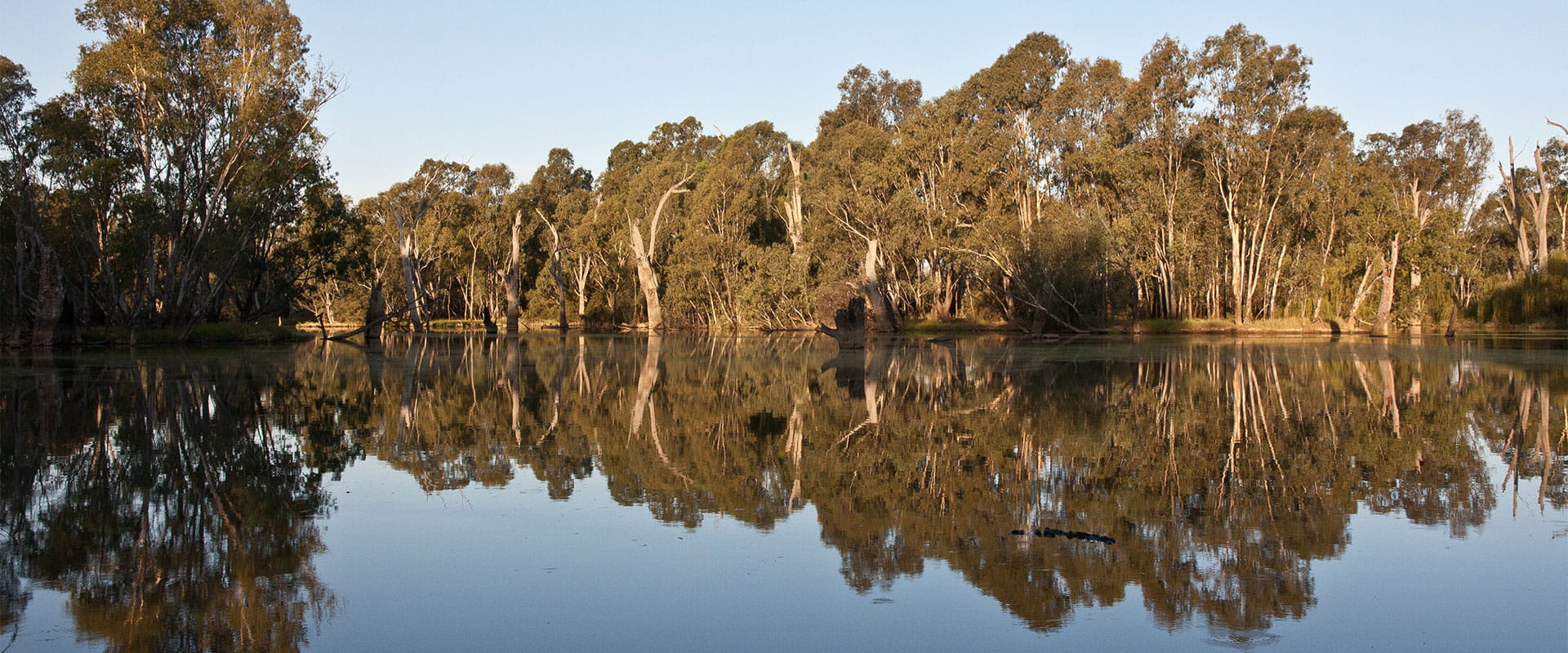Ovens River

The Ovens River is perennial in the Alpine and Hume areas of the Australian state of Victoria. It is a member of the Murray-Darling basin and the northeastern Murray River watershed. The river flows gracefully, weaving through valleys, forests, and towns, leaving an indelible mark on the region’s cultural landscape. Beyond its natural beauty, the Ovens River holds profound cultural significance, serving as a conduit for stories, traditions, and connections that span generations. In this comprehensive exploration, we delve into the cultural importance of the Ovens River, uncovering the rich tapestry of history, heritage, and identity that has been shaped by its waters.
Indigenous Connections:
For millennia, the Ovens River has been intimately woven into the fabric of Indigenous Australian culture and heritage. The Traditional Owners of the land, including the Taungurung, Wiradjuri, and Dhudhuroa peoples, have maintained deep connections to the river and its surrounding landscapes, viewing it as a source of sustenance, spirituality, and identity.
The Ovens River basin provided Indigenous communities with abundant resources for hunting, fishing, and gathering, sustaining their way of life for thousands of years. Moreover, the river served as a meeting place, where different clans would come together to trade, share knowledge, and celebrate cultural ceremonies, fostering a sense of unity and connection among Indigenous peoples.
Dreaming Stories:
Central to the cultural significance of the Ovens River are the Dreaming stories passed down through generations of Indigenous Australians. These ancient narratives, which often feature the river as a prominent motif, hold profound spiritual and cultural significance, providing insights into the creation of the land, the formation of natural features, and the relationships between humans and the environment.
Dreaming stories associated with the Ovens River vary among different Indigenous groups, reflecting the diversity of cultures and traditions within the region. However, common themes include the reverence for water as a life-giving force, the importance of environmental stewardship, and the interconnectedness of all living beings.
European Settlement and Heritage:
With the arrival of European settlers in the 19th century, the cultural landscape of the Ovens River underwent significant transformation. The river became a focal point for European exploration, trade, and settlement, leading to the establishment of towns and settlements along its banks.
European settlers brought with them their own cultural traditions, customs, and institutions, which became intertwined with the existing Indigenous heritage of the region. Churches, schools, and civic buildings were erected, reflecting the values and aspirations of the burgeoning settler community.
Gold Rush Legacy:
The discovery of gold along the Ovens River in the mid-19th century brought about a period of rapid growth and change, leaving an enduring legacy on the cultural landscape of the region. Thousands of fortune-seekers flocked to the riverbanks in search of wealth and opportunity, leading to the establishment of bustling gold rush towns such as Beechworth, Bright, and Myrtleford.
The gold rush era brought together people from diverse backgrounds and cultures, creating a melting pot of ideas, traditions, and experiences. Despite the hardships and challenges of life on the goldfields, the sense of camaraderie and shared purpose among miners and settlers fostered a strong sense of community and resilience that continues to resonate in the region today.
Environmental Stewardship:
In addition to its historical and cultural significance, the Ovens River plays a vital role in shaping contemporary attitudes towards environmental stewardship and conservation. Recognizing the importance of preserving the river’s natural heritage for future generations, local communities, government agencies, and environmental organizations have collaborated to implement various initiatives aimed at protecting and restoring the health of the river ecosystem.
These efforts include water quality monitoring, riparian revegetation projects, and community education programs designed to raise awareness about the importance of sustainable land management practices. By working together to safeguard the Ovens River and its surrounding landscapes, stakeholders are not only honoring the cultural heritage of the region but also ensuring its long-term viability for generations to come.
Conclusion:
The cultural importance of the Ovens River extends far beyond its scenic beauty and ecological significance. It serves as a living testament to the enduring connections between land, water, and people, embodying the shared history, heritage, and identity of the communities that have thrived along its banks for thousands of years.
As we continue to navigate the complexities of the modern world, may we draw inspiration from the cultural richness of the Ovens and strive to honor and preserve its legacy for future generations. By embracing and celebrating the cultural significance of the river, we can forge deeper connections to the land and cultivate a sense of stewardship and responsibility towards the natural world that sustains us all.
Know More about the Ovens River.
What are The Religious Places of the Ovens River?
When Did The Ovens River Basin Become a Focus?
Where is The Ovens River Located?
Who Were The Key Historical Figures and Civilizations of The Ovens River?
How to Reach Ovens River?




